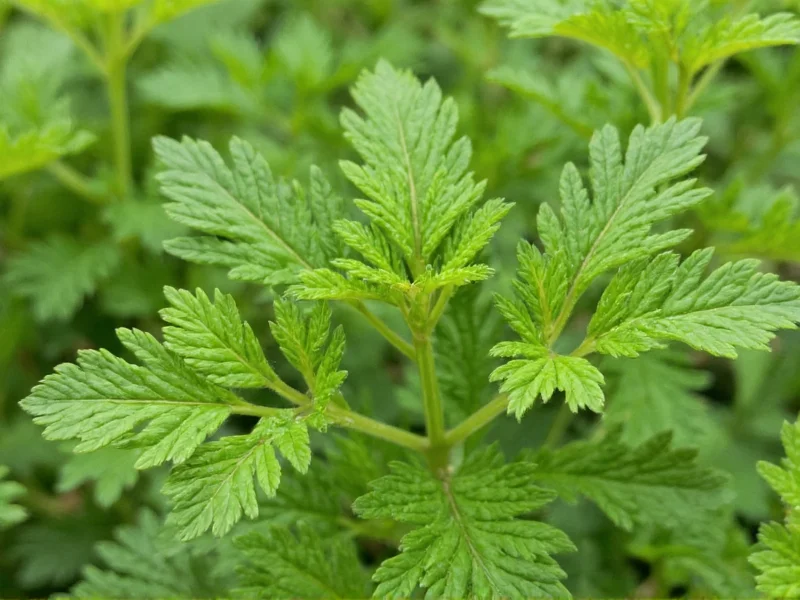Understanding how to effectively use dry parsley can transform your cooking experience. While fresh herbs often get the spotlight, dried parsley remains a pantry staple for good reason. This versatile herb offers convenience and unique flavor properties that make it valuable in specific culinary applications.
Understanding Dried Parsley: More Than Just Dehydrated Fresh
Dried parsley undergoes a careful dehydration process that removes moisture while preserving essential oils and flavor compounds. Unlike fresh parsley which contains about 85% water, dried parsley has only 5-10% moisture content. This concentration creates a different flavor profile—more earthy and less bright than its fresh counterpart.
Two primary varieties exist in dried form: curly leaf and flat-leaf (Italian) parsley. Curly leaf parsley dries well and maintains its shape, making it popular for garnishes. Flat-leaf parsley, with its more robust flavor, often produces a superior dried product for cooking applications. When purchasing dried parsley, look for deep green color and avoid any that appear faded or brownish, as this indicates age and flavor degradation.
Practical Substitution Guide: Getting Ratios Right
One of the most common kitchen dilemmas involves substituting dried herbs for fresh. The standard conversion ratio for parsley is critical for recipe success:
| Measurement | Fresh Parsley | Dried Parsley | Best Applications |
|---|---|---|---|
| Basic Ratio | 1 tablespoon | 1 teaspoon | General cooking |
| Strong Flavor Needed | 1 tablespoon | 1¼ teaspoons | Hearty stews, braises |
| Delicate Dishes | 1 tablespoon | ¾ teaspoon | Sauces, dressings |
Remember that dried herbs release flavor more slowly than fresh. For best results, add dried parsley early in the cooking process—typically when sautéing aromatics—to allow time for rehydration and flavor integration. In contrast, fresh parsley works best as a finishing herb added just before serving.
Maximizing Shelf Life and Flavor Preservation
Proper storage dramatically affects dried parsley quality. Exposure to light, heat, and moisture causes rapid flavor deterioration. The optimal storage method involves:
- Airtight glass or metal containers (avoid plastic which can absorb odors)
- Cool, dark location (below 70°F/21°C)
- Minimal headspace to reduce oxygen exposure
- Labeling with purchase date
When stored correctly, dried parsley maintains peak flavor for 12-18 months. After two years, most of the volatile oils responsible for flavor have dissipated. To test freshness, rub a small amount between your fingers—fresh dried parsley should release a noticeable aroma and leave a vibrant green residue.
Nutritional Profile: How Drying Affects Parsley's Benefits
Drying concentrates certain nutrients while diminishing others. Per tablespoon:
- Vitamin K: Dried parsley contains approximately 3x more vitamin K than fresh due to water removal
- Vitamin C: Significantly reduced (fresh parsley loses about 70% of vitamin C during drying)
- Antioxidants: Some compounds become more concentrated, while others degrade
- Minerals: Iron and calcium content becomes more concentrated per volume
While dried parsley won't provide the same vitamin C boost as fresh, it remains an excellent source of vitamin K and certain antioxidants. The drying process actually increases the bioavailability of some carotenoids, making them more easily absorbed by the body.
Culinary Applications Where Dried Parsley Shines
Certain dishes benefit specifically from dried parsley's unique properties:
- Long-simmered dishes: Soups, stews, and braises allow time for dried parsley to rehydrate and integrate flavors
- Dry rubs: The fine texture works well in spice blends for meats
- Baked goods: Adds subtle herb flavor to breads and savory pastries
- Preserved foods: Works well in pickling brines and preserved vegetable mixes
Professional chefs often combine both fresh and dried parsley in layered flavor approaches—using dried for the base flavor during cooking and fresh for finishing. This technique creates complexity that neither form provides alone.
Avoiding Common Dried Parsley Mistakes
Even experienced cooks make these frequent errors:
- Overestimating potency: Using equal amounts of dried instead of fresh creates overpowering, sometimes bitter results
- Adding too late: Dried herbs need time to rehydrate—adding them in the last minutes of cooking yields poor flavor integration
- Using old product: Stale dried herbs provide little flavor and can impart musty notes
- Improper storage: Keeping dried herbs above the stove exposes them to heat that rapidly degrades quality
Revive slightly stale dried parsley by toasting it gently in a dry pan over low heat for 30-60 seconds before use. This reactivates some essential oils, though it won't restore fully degraded product.
When Fresh Parsley Is Truly Necessary
While dried parsley has many uses, certain applications demand fresh:
- Raw preparations like tabbouleh or chimichurri
- Garnishes where visual appeal matters
- Dishes with very short cooking times
- Recipes specifically designed for fresh parsley's bright flavor notes
Understanding these distinctions helps you make informed decisions about when dried parsley substitution works and when fresh is essential for recipe success.











 浙公网安备
33010002000092号
浙公网安备
33010002000092号 浙B2-20120091-4
浙B2-20120091-4